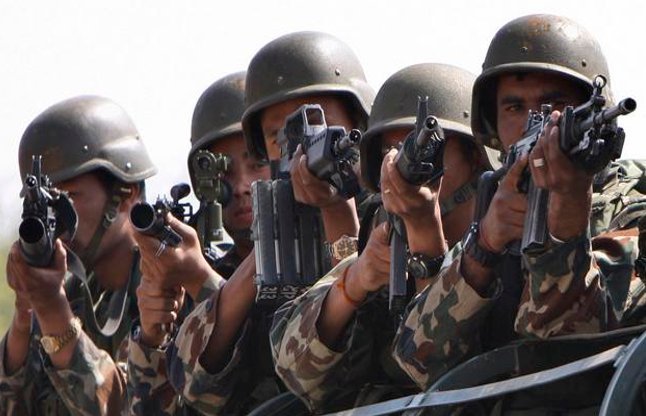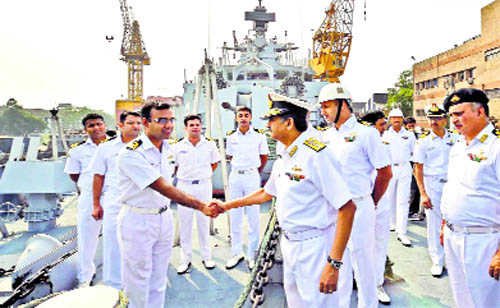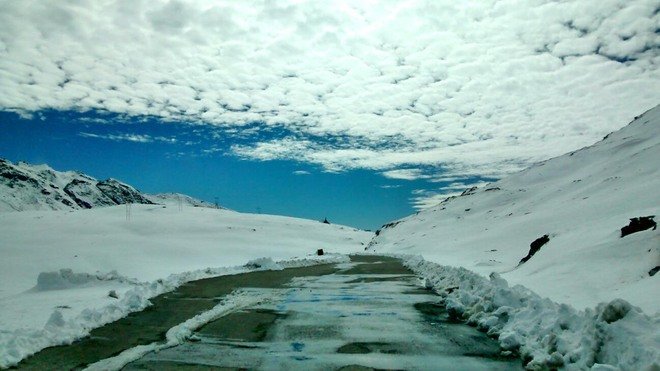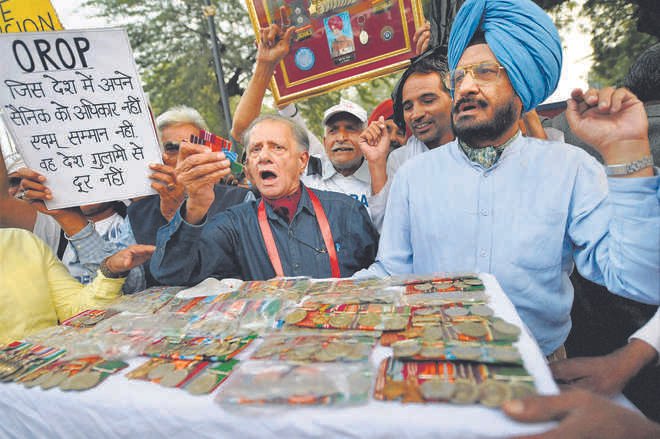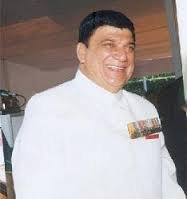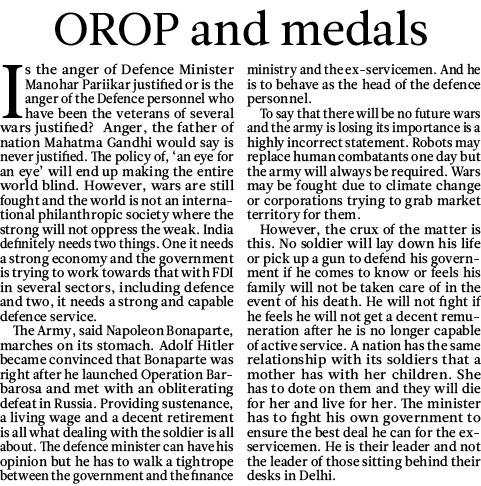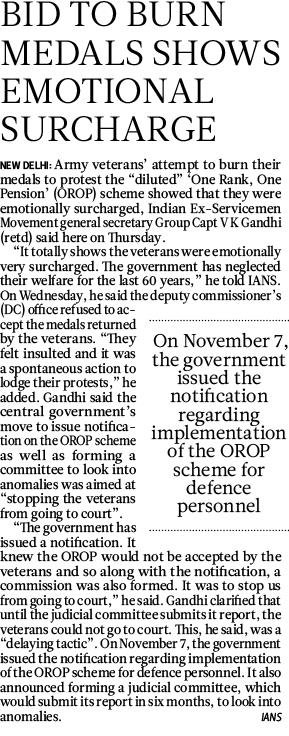
The Navy Day is observed on December 4 to mark the Karachi attack. Since Mrs Indira Gandhi approved that audacious operation, it is also a day to remember her courage and dynamism.
Our nation state at 68 seems to have reached the nadir. The Parliament is paralysed by the politics of confrontation and intolerance. Let’s not despair, this phase of intolerance will pass and “multiplicity”, ( a word coined by our President), enjoyed over decades of Indian diversities of thought and culture, will prevail if we “pull together”. That naval phrase leads me on to our moment of glory of 1971, captured by the rare colour picture of the surrender in which 93,000 troops laid down arms. The 1971 events, unhindered by needless opposition in political circles as displayed today on Raisina Hill, showed the true mettle of our leadership. It is reflected in that historic moment depicted with Generals Arora and Niazi signing the surrender documents, watched by Admiral Krishnan, Air Marshal Dewan and General Jacob — a truly diverse India reflected in those names! The Navy came into its own after Independence, in the 1971 war because our Prime Minister did not hesitate to approve of Admiral Nanda’s innovative plan to attack Karachi with the newly acquired “styx” missiles. The Navy came out with flying colours.
Incidentally, another woman Prime Minister Margaret Thatcher was to follow suit 10 years later to order the sinking of the Argentine cruiser Belgrano in the Falklands War in the South Atlantic. Baroness Thatcher saw Mrs Gandhi as being much more hard-headed than other third world leaders. In Downing Street Years, she observes that “her policies had been high-handed but only a strong figure with a powerful personality could hope to successfully rule India”. In the backdrop of Indira Gandhi’s birth and death anniversaries, on November 19 and October 31, respectively, Henry Kissinger’s words in White House Years are apt: “She was relentlessly pursuing India’s national interests with singlemindedness and finesse”.
The terrible loss of our submarine INS Sindhurakshak makes me rewind to 1983. In Bombay’s Mazagon Docks, the “woman of the millenium,” amidst chanting of a Sanskrit invocation rendered by Suahasini Mulgaonker, witnessed the first rivet being driven for launching INS Shankul, our indigenous HDW submarine programme. Had we pursued it thereafter we would have been self-sufficient. Instead, we buckled under opposition pressure because HDW, like Bofors, became anathema in the public perception. It’s another matter that the Swedish gun proved its mettle in Kargil and saved our honour. On Mrs Gandhi’s return to South Block in 1980, she was addressing the annual conference of Naval brass. “There is no need to refer to the US and USSR as super powers”, she observed, “calling them just ‘big’ powers will do.” Inexplicably, she then veered round to another tack (probably influenced by our immaculate white uniforms) and expressed her anguish at the existing dirt and poor showing in the Capital — the Asian Games had just been given the green signal to go ahead (the Charan Singh ministry having said no to them) and there was work to be done. A memory worth reviving is when the results of 1979 elections were being declared and the Gandhis were in 12 Willingdon Crescent. There was a call from Playboy magazine wanting an interview with the PM elect. Rajiv, with a mischevious smile, brought the cordless telephone to his mother. Her reply was to tell them “an emphatic no”. She was a transformed Prime Minister. Little wonder that she promptly showed the door to a French journo who dared to ask her if she would bring back the Emergency. Go past No 1 Safdarjang Road and see how thousands, even after three decades, still queue up to peer at what were Indiraji’s private quarters. Finally, a small aside. Former Himachal Pradesh Governor, Admiral Rustam Khusro Shapoorjee Gandhi, at a Navy Day reception was escorting Indira Feroz Gandhi. Noticing the name tally of a young officer he said, “Madame, let me present to you Lieutenant Gandhi.” Her quick but witty response was, “Aren’t there too many Gandhis here today?” And here is a take from 1950. INS Delhi was on a cruise to Indonesia, carrying then current and two future Prime Ministers. Old Navy hands recall how Nehru’s dutiful daughter, knowing his penchant for a smoke, cut Panditji’s cigarettes into two to keep his tobacco consumption down.
The writer is a former Additional Secretary in the Cabinet Secretariat.






















































